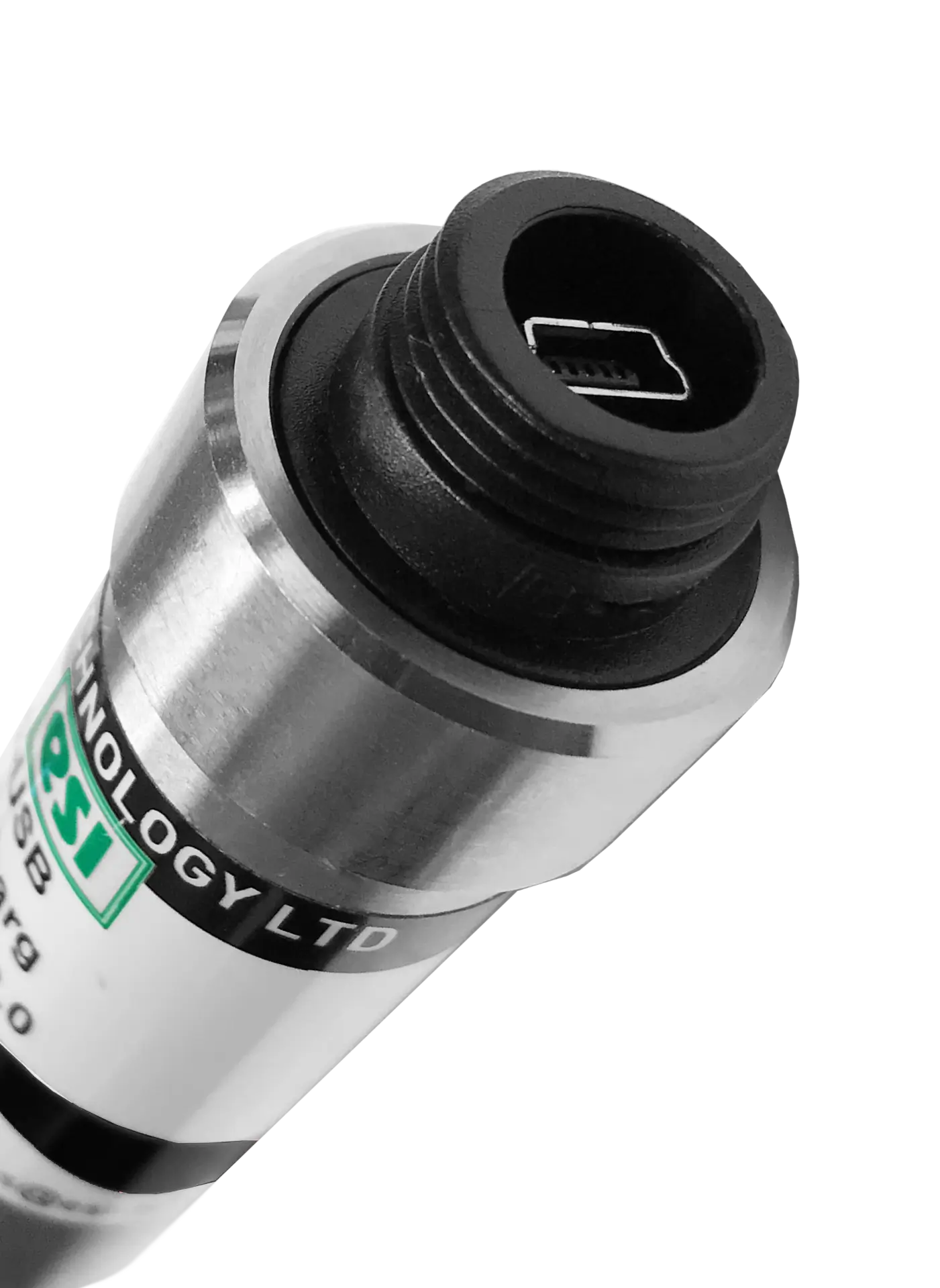Our Unit Converter
The ESI Unit converter allows you to quickly and easily access a conversion tool to work out your preferred unit of pressure measurement wherever you may be. Whether out on-site or in the office.

Download the ESI-USB© Software
The ESI-USB© software allows you to connect your ESI transducer to your laptop or PC and be up and running monitoring pressure data within ten minutes. The software auto-updates and is compatible with Windows 8, 10 & 11.


Silicon on Sapphire Pressure Sensing Technology
ESI has now integrated its proven Silicon-on-Sapphire pressure sensing technology into a range of intrinsically safe transmitters.
Explosive atmospheres can be caused by flammable gases, mists, vapours or combustible dusts. If there is enough of the substance mixed with the air, one source of ignition can cause an explosion, leading to major damage, serious injury and even loss of life. Using the correct intrinsically safe equipment is a significant factor in the prevention of such explosions.
Excellent Performance Hazardous Zones
ATEX is the name commonly given to the framework for controlling explosive atmospheres. The regulations apply to all equipment intended for use in hazardous zones whether mechanical or electrical, and all protective systems. Intrinsic safety equipment must be tested and approved by an independent body to assure its safety. It involves a detailed process of examination, testing and assessment of equipment, with the end result being the issue of an ATEX certificate and report confirming that the product is safe to use within potentially explosive environments.
ESI now has an extensive range of intrinsically safe Silicon-on-Sapphire pressure transmitters, all ATEX approved to EEXIA IIC T4 standards by SIRA- a world leader in the conformity assessments field.
Silicon on Saphire Technology
Silicon-on-Sapphire (S.O.S.) technology was initially utilised in the advancement of high temperature integrated circuits for the NASA space programme. ESI has taken this technology and developed a sensor that is capable of accurately measuring vibration, torque, force or pressure in extreme temperatures over long periods of time. The big advantage of an S.O.S. sensor over conventional silicon based sensors is that it is free from residual stresses caused during processing which can lead to reduced performance. The excellent elasticity of the sapphire is a very important factor. The ability to bend the wafer and bring it back down to its original position- known as repeatability- is a highly desirable characteristic for sensors.
Incorporating SOS into applications where ATEX approval is required offers a reliable and durable solution with unbeatable performance and value. The range includes absolute, differential, submersible, high pressure, high accuracy, hygienic and rugged oil & gas transmitters.
Please visit our website, call 01978 262255 or email for more details.

